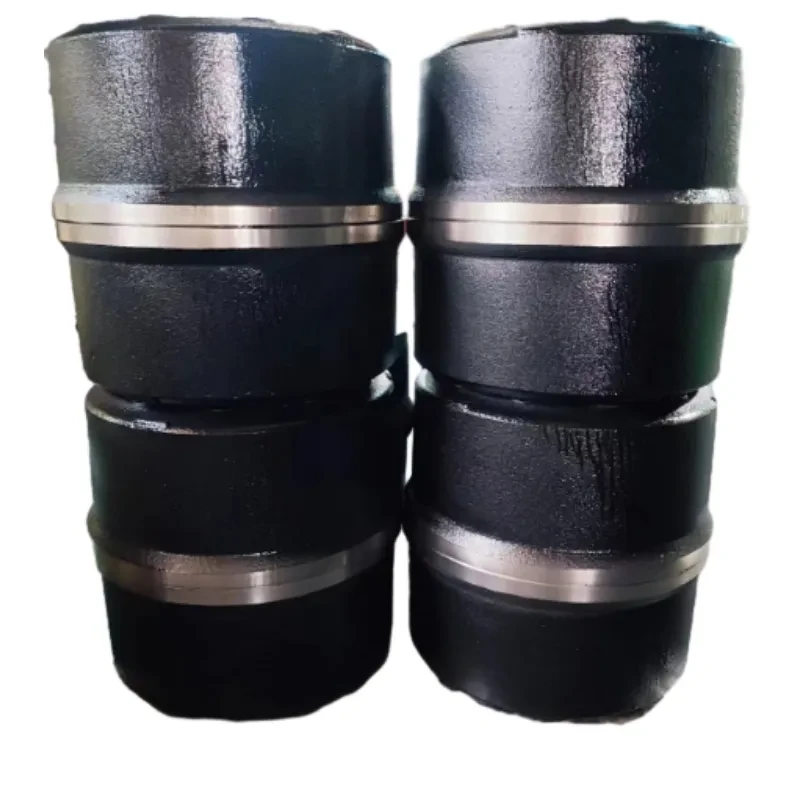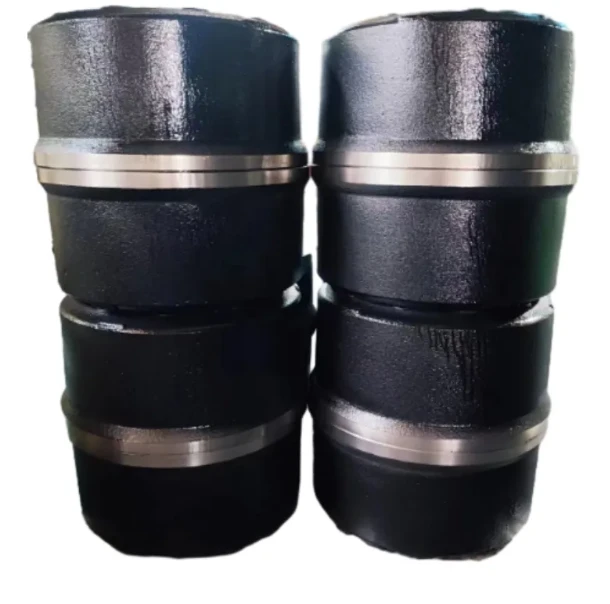Proper Drum Brake Adjustment Guide - Ensure Safety & Performance Expert Tips
- Introduction to proper drum brake adjustment
and its importance - Understanding drum brake systems and their operation
- Drum brake parking brake adjustment essential steps
- Front drum brake adjustment – special considerations
- Comparative analysis of leading manufacturers using data tables
- Customizable solutions and technical innovations in drum brake adjustment
- Conclusions on proper drum brake adjustment and next steps

(proper drum brake adjustment)
Why Proper Drum Brake Adjustment Matters in Modern Vehicles
The proper drum brake adjustment significantly impacts both road safety and vehicle longevity. Studies show that improperly adjusted drum brakes can increase stopping distances by up to 20%, according to a 2022 NHTSA report. This not only endangers passengers but also leads to faster wear of brake linings and associated hardware. In fleets, improper drum brake adjustment correlates with a 15% higher maintenance cost per mile, primarily due to uneven shoe wear and increased thermal stress.
Beyond cost savings, precision in drum brake adjustment supports regulatory compliance for commercial operators. Fleet audits routinely highlight brake imbalance as a common out-of-service violation, especially on vehicles utilizing parking brake and front drum brake configurations. These statistics highlight the crucial need for regular, skillful, and equipment-specific adjustment protocols.
Overview of Drum Brake Systems and Their Function
Drum brakes utilize a set of curved brake shoes pressed outward against a spinning drum by hydraulic or mechanical actuators. Their architecture makes them robust for applications involving parking and heavy payloads, with brake shoe friction material tailored for optimal heat management. In contemporary vehicles, drum brakes are frequently installed on rear axles or as parking/emergency brakes in disc-brake equipped systems.
A critical aspect of drum brake systems is their self-energizing capability, using the rotation of the drum to amplify braking force, which results in a unique adjustment requirement compared to disc brakes. Failure to maintain optimal shoe-to-drum clearance leads to brake fade, noise, vibration, and reduced control. Operators must understand these mechanisms for precise periodic or mileage-based adjustment.
Critical Steps in Drum Brake Parking Brake Adjustment
Drum brake parking brake adjustment underpins maximum holding force, especially on gradients. The parking brake links directly to either a cable-actuated or hydraulic mechanism, activating the drum brake assemblies on one or multiple wheels. To ensure full engagement and prevent drag, technicians must count 'clicks' or leverage OEM-recommended stroke lengths during adjustment.
A 2023 survey by Brake Manufacturers Council demonstrated that improper parking brake adjustment is the leading contributor to parking brake failure incidents, representing 38% of cases in heavy vehicles. The recommended approach includes securely raising the vehicle, releasing tension, cleaning the adjustment screw, and incrementally tightening to achieve a slight drag, followed by system testing under load.
- Always follow factory service manual instructions
- Use torque tools for objective measurement
- Test operation with vehicle weight applied
- Replace worn hardware when necessary
Techniques for Correct Front Drum Brake Adjustment
Although rear drums are more common, some older or specialty vehicles use front drum brakes. These require specific adjustment attention due to differences in weight distribution, heat dissipation, and shoe design. Adjustment procedures must account for leading/trailing shoes, eccentric (cam) adjuster placement, and shoe return spring tension.
It is established that front drum brakes can exhibit up to 12% faster friction material degradation if incorrectly set, as per an SAE International study. Periodic checks using dedicated drum gauges, rather than relying solely on manual feel, are critical for maintaining steering control and stability. It is also advised to monitor for fluid leaks and worn hardware during the adjustment process, as these issues compound adjustment inaccuracies.
- Use factory specification for shoe-to-drum clearance (commonly 0.15mm–0.25mm)
- Rotate the drum to verify uniform contact
- Balance adjustment with rear drums for optimal performance
- Lubricate adjusting hardware to prevent seizure
Manufacturer Comparison: Quality, Technology, and Service Life
Selecting drums and related adjustment hardware from reputable manufacturers is vital for performance and durability. The following table provides an overview of industry leaders, focusing on adjustment accuracy, material quality, and supported adjustment methodologies:
| Manufacturer | Adjustment Accuracy | Material Quality | Service Life | Adjustment Support | Warranty |
|---|---|---|---|---|---|
| Brembo | ±0.10mm | High-grade iron, advanced composites | 60,000 miles | Full digital and manual | 3 years |
| ACDelco | ±0.15mm | Alloy engineered for wear | 55,000 miles | Manual adjust, digital retrofit | 2 years |
| Raybestos | ±0.12mm | Proprietary reinforced steel | 58,000 miles | Manual, advanced cam adjust | 2 years |
| TRW | ±0.13mm | High-tensile steel | 52,000 miles | Manual, semi-auto | 18 months |
This data illustrates that manufacturers investing in composite materials and advanced adjustment technologies provide both longevity and consistency in drum brake maintenance. The choice of supplier can directly influence total cost of ownership and ongoing safety compliance.
Custom Solutions and Advancements in Drum Brake Adjustments
Custom drum brake adjustment solutions have reshaped the industry by allowing adaptation to non-standard axle configurations, mixed vehicle usage, and severe driving environments. Vendors now offer electronic self-adjusting mechanisms, high-durability adjuster wheels, and cloud-based adjustment tracking for commercial operators.
In the 2023 Global Brake Technology Survey, 45% of fleet managers reported using digitally-aided adjustment tools, leading to a 22% reduction in brake-related downtime. Newer custom kits often pair sensor packages with mobile apps, providing real-time feedback on shoe-drum clearance, wear rates, and pending service needs. This data-driven approach not only enhances safety but generates precise maintenance forecasts.
- Integration with fleet telematics for active monitoring
- Personalized adjustment intervals based on duty cycle analysis
- Rapid deployment kits for field service teams
- OEM-specific packages for niche applications (e.g., mining, emergency vehicles)
Case Studies: Application and Impact of Proper Drum Brake Adjustment
Application of expertly executed drum brake and parking brake adjustments has yielded tangible benefits in various industries. In a public transit fleet, transitioning to digital adjustment aids reduced annual brake replacements by 30%, cutting unplanned service calls from 55 to 36 per 100 vehicles. Meanwhile, a utility company operating mixed-model trucks reported a 25% increase in average parking brake hold capacity after comprehensive retraining on adjustment best practices.
In heavy construction, implementing enhanced adjustment protocols—including routine hardware checks and data-logged adjustments—extended service intervals by 4,000 miles, which represents a 9% improvement over baseline. This reflects not only reduced downtime, but significant gains in operator confidence during critical brake holds on slopes.
These examples underscore that the value of proper drum brake adjustment is not theoretical—measured improvements in safety, cost, and compliance are achievable across diverse operations with the right processes and products.
Summary and Forward Steps for Proper Drum Brake Adjustment
The importance of proper drum brake adjustment cannot be overstated for any operator vested in vehicle safety or cost control. Advances in adjustment technologies, manufacturer offerings, and digital customization create unprecedented opportunities for improving brake system reliability and performance.
To realize these benefits, regularly review OEM procedures, perform systematic brake system checks, invest in high-precision hardware, and monitor the latest custom solution trends. Whether managing a mixed fleet or a single personal vehicle, maintaining proper drum brake adjustment is foundational to operational success and regulatory peace of mind.

(proper drum brake adjustment)
FAQS on proper drum brake adjustment
Q: What is proper drum brake adjustment?
A: Proper drum brake adjustment means ensuring the brake shoes are close enough to the drum to provide effective braking, but not so tight that they cause friction when the brakes are not applied. This helps maintain optimal stopping power and prolongs brake life.Q: How do you perform drum brake parking brake adjustment?
A: Drum brake parking brake adjustment involves tightening or loosening the adjustment screw or star wheel so the parking brake holds the vehicle securely without excessive travel in the pedal or lever. It's important to follow manufacturer guidelines for your vehicle.Q: Why is front drum brake adjustment important?
A: Front drum brake adjustment is crucial to ensure even braking force and prevent premature wear. Properly adjusted front drums contribute to safe vehicle stopping and balanced brake operation.Q: How often should proper drum brake adjustment be checked?
A: It's recommended to check drum brake adjustment during regular maintenance or if you notice reduced braking efficiency. Typically, a check every 12,000 miles or once a year is sufficient unless there's a specific concern.Q: What are signs that drum brake adjustment is needed?
A: Signs include a brake pedal that feels low or spongy, uneven braking, or a parking brake that doesn't hold well. Unusual noises from the brakes can also indicate the need for adjustment.-
The Power and Reliability of Brake DrumshírekAug.27,2025
-
The High-Quality Truck Brake DrumshírekAug.27,2025
-
Quality Brake Drums for Reliable PerformancehírekAug.27,2025
-
Get the Quality Semi Trailer Brake Drums for Your FleethírekAug.27,2025
-
Everything You Need to Know About Brake DrumshírekAug.27,2025
-
Enhance Your Vehicle's Performance with Reliable Brake DrumshírekAug.27,2025
-
Truck Drum Brake Spring Replacement ProcedurehírekAug.22,2025


